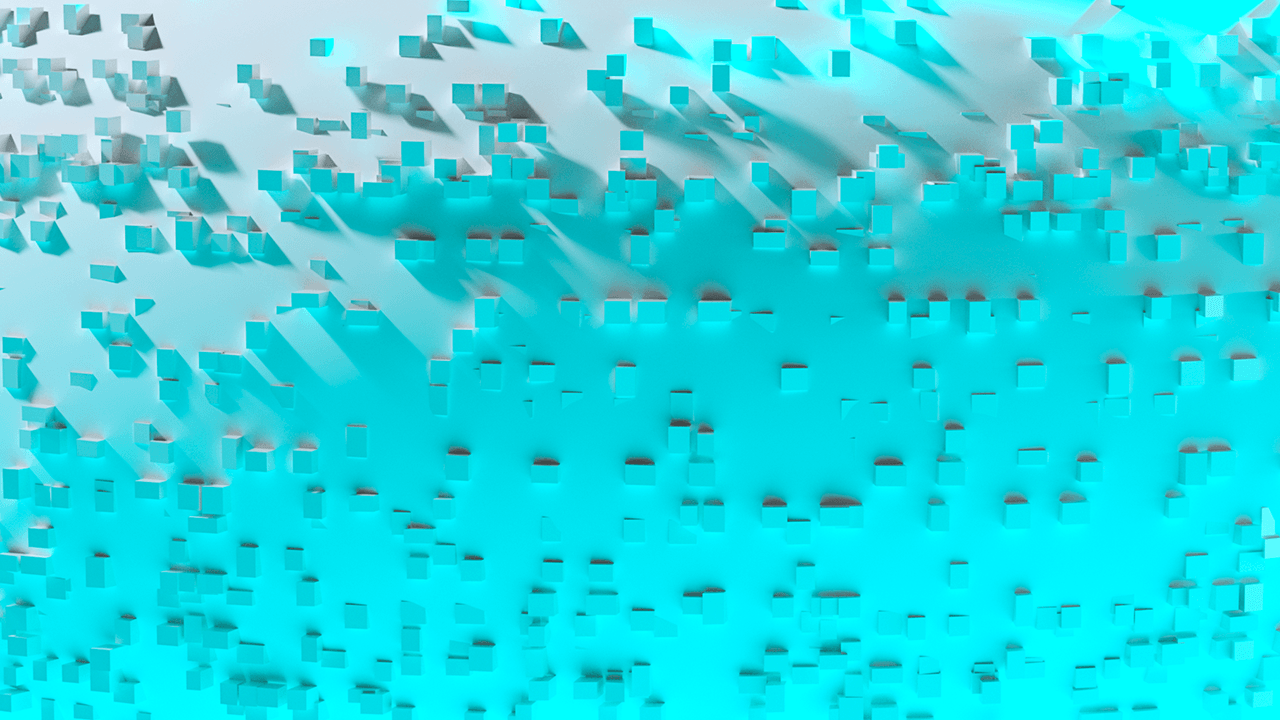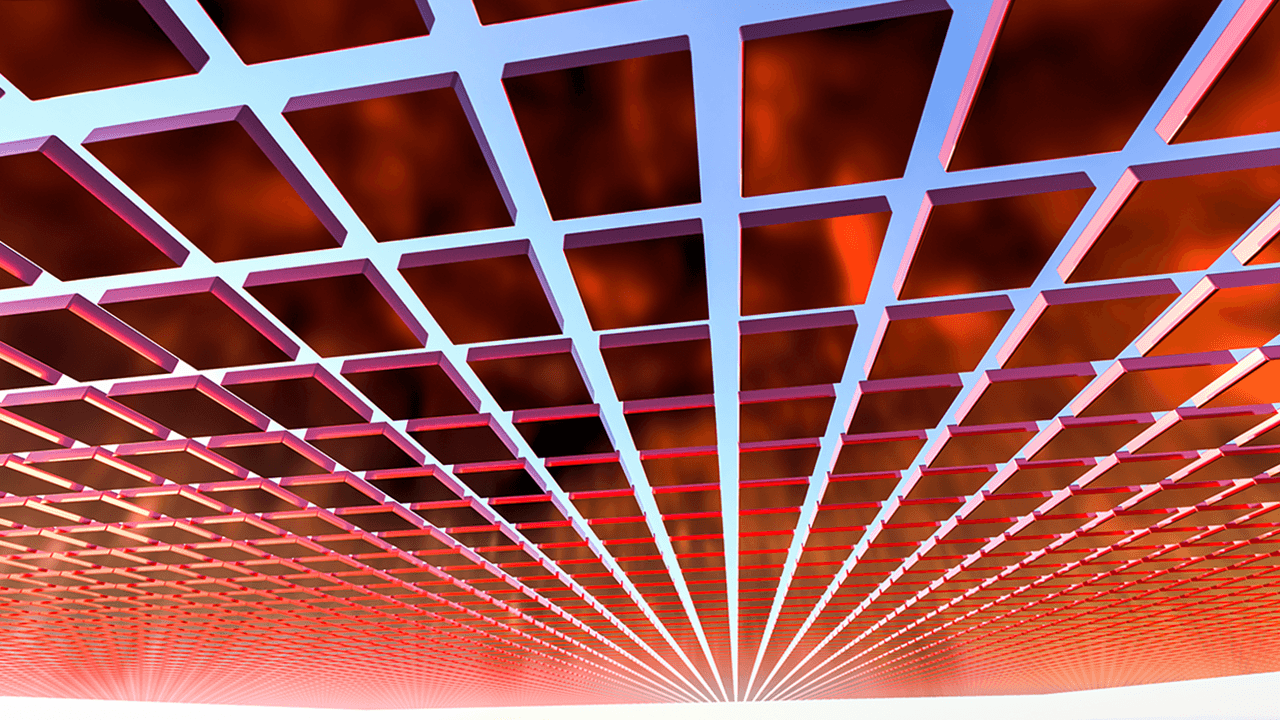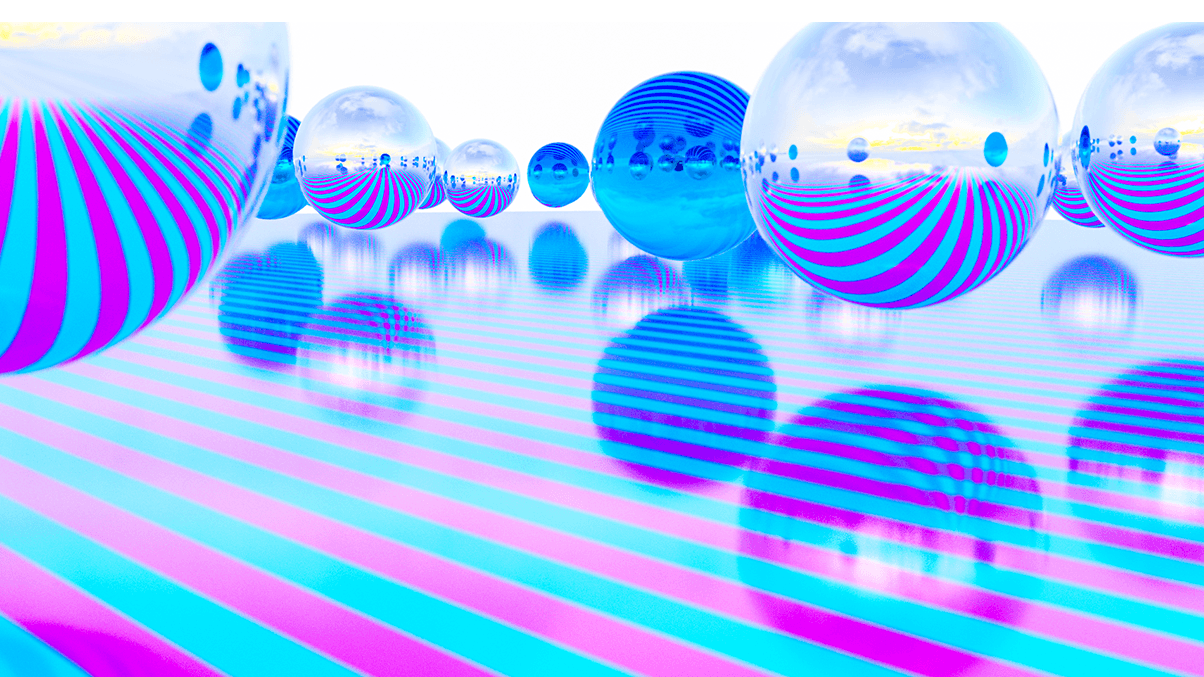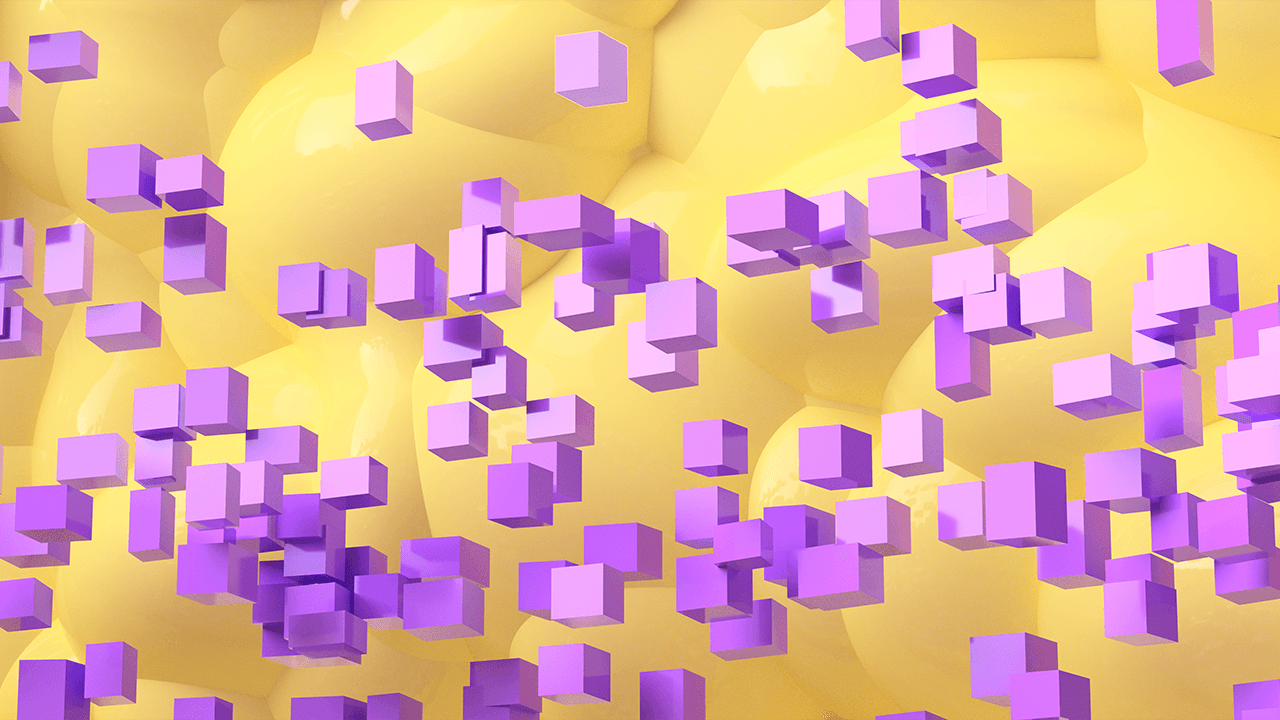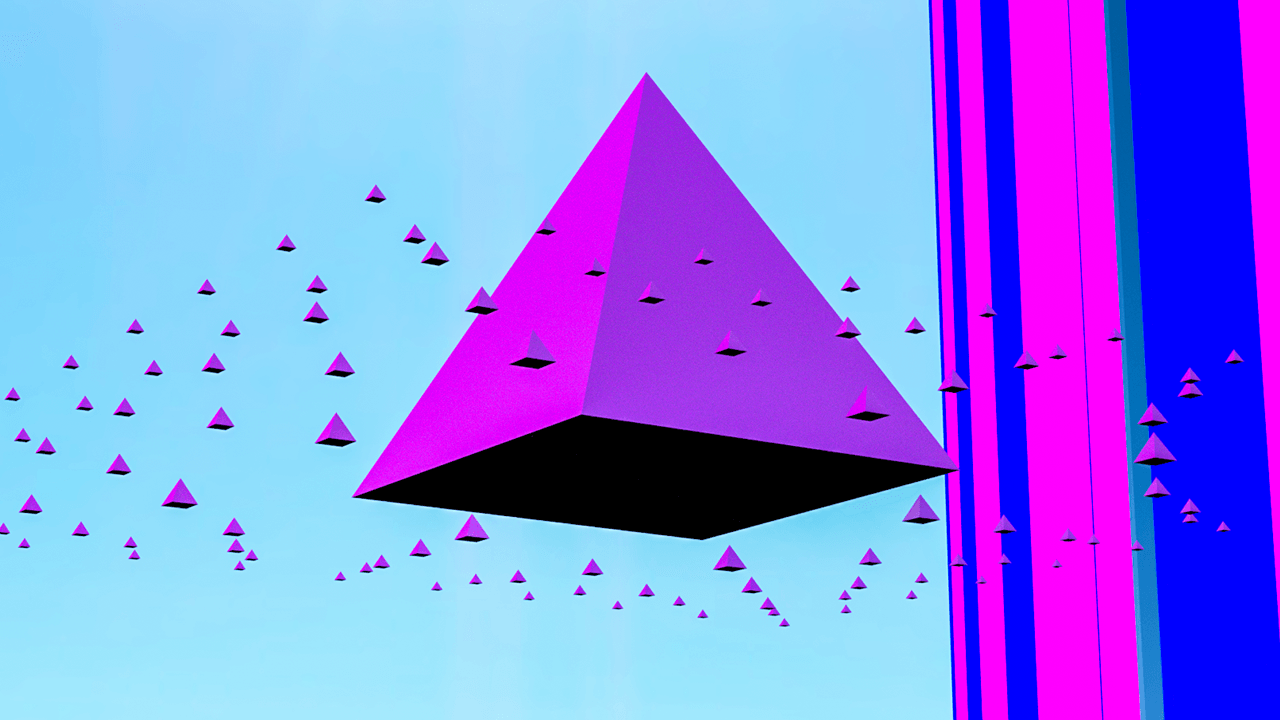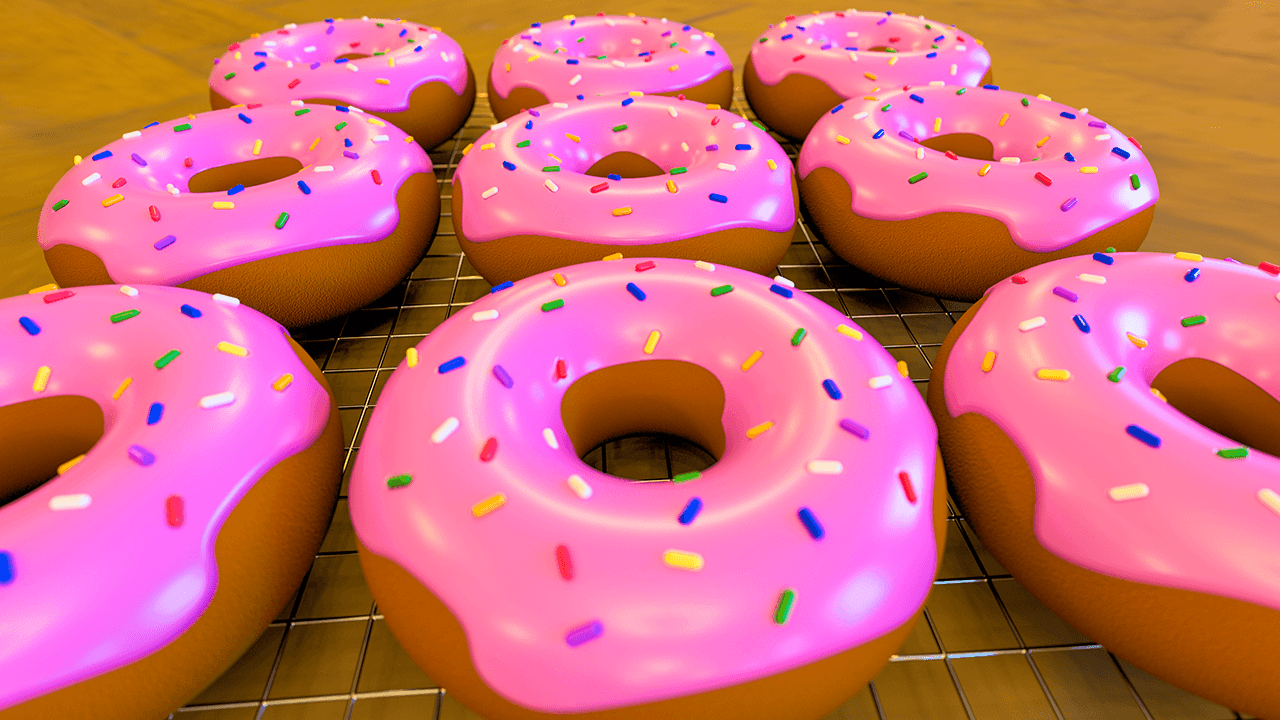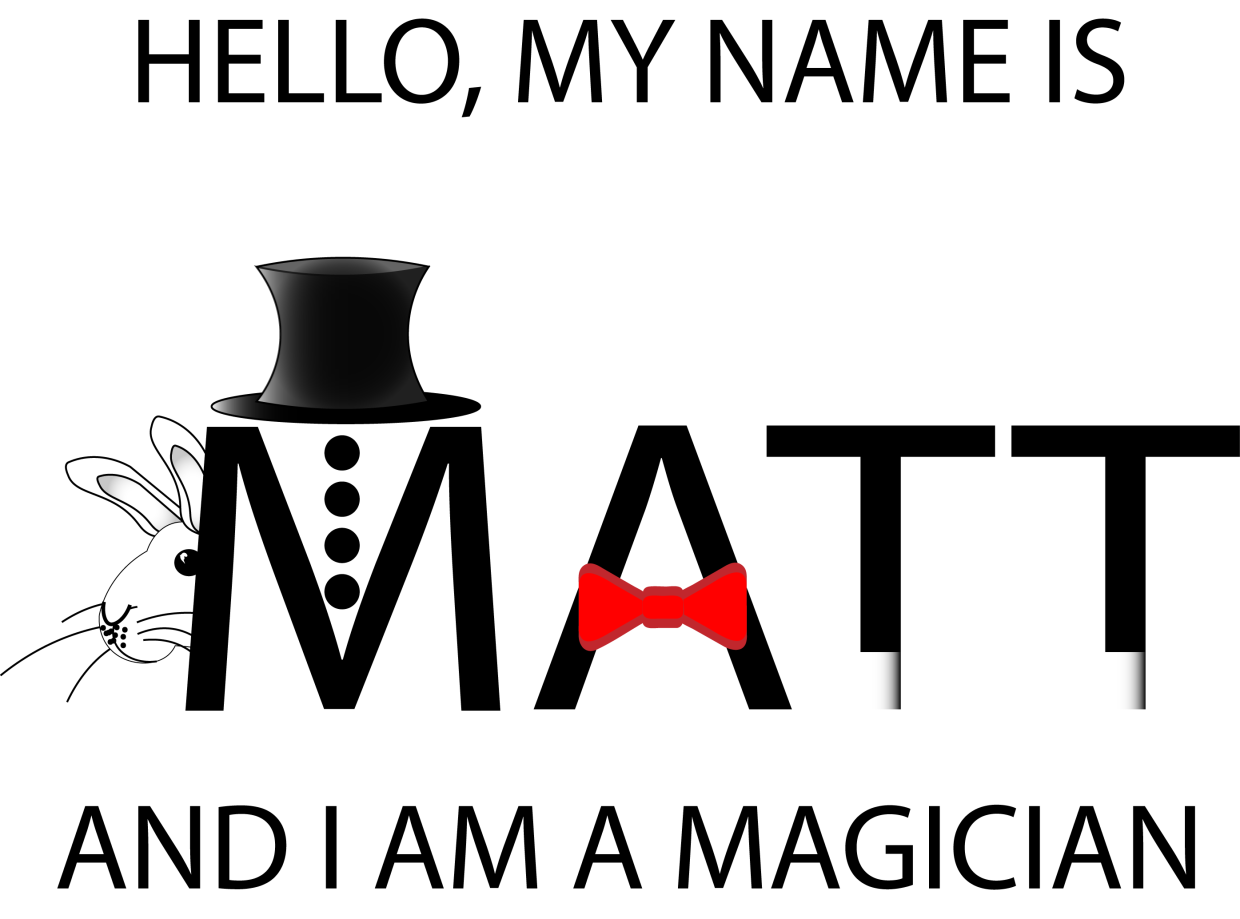Holy COW! I’m doing another art thing!
Big shout out to Taylor Valdes! She’s the awesome founder of The Venderia, which offers the “Weirdest, Wildest Vending Machines” in Portland, Oregon. This summer, she’s put together an amazing scavenger hunt ride for Pedalpalooza 2019! I am participating along with dozens of local artists. We have produced original artwork, destined for bicycle spokes, to be spun all over the City of Roses!
Take a look:
I’ve created these images because I want to remember the future. This is not about the future that is (or will be), but the future anticipated by American children of the 1980s and 1990s. It was a retro futurism that existed for just one bright neon moment, culturally rendered through the Trapper Keepers, video arcades, television commercials, and the LASER backdrops on yearbook photos.
I want to remember that brief moment when Cold War fears were dissolved and displaced by Slap-bracelets and Hypercolor optimism.

